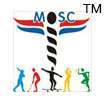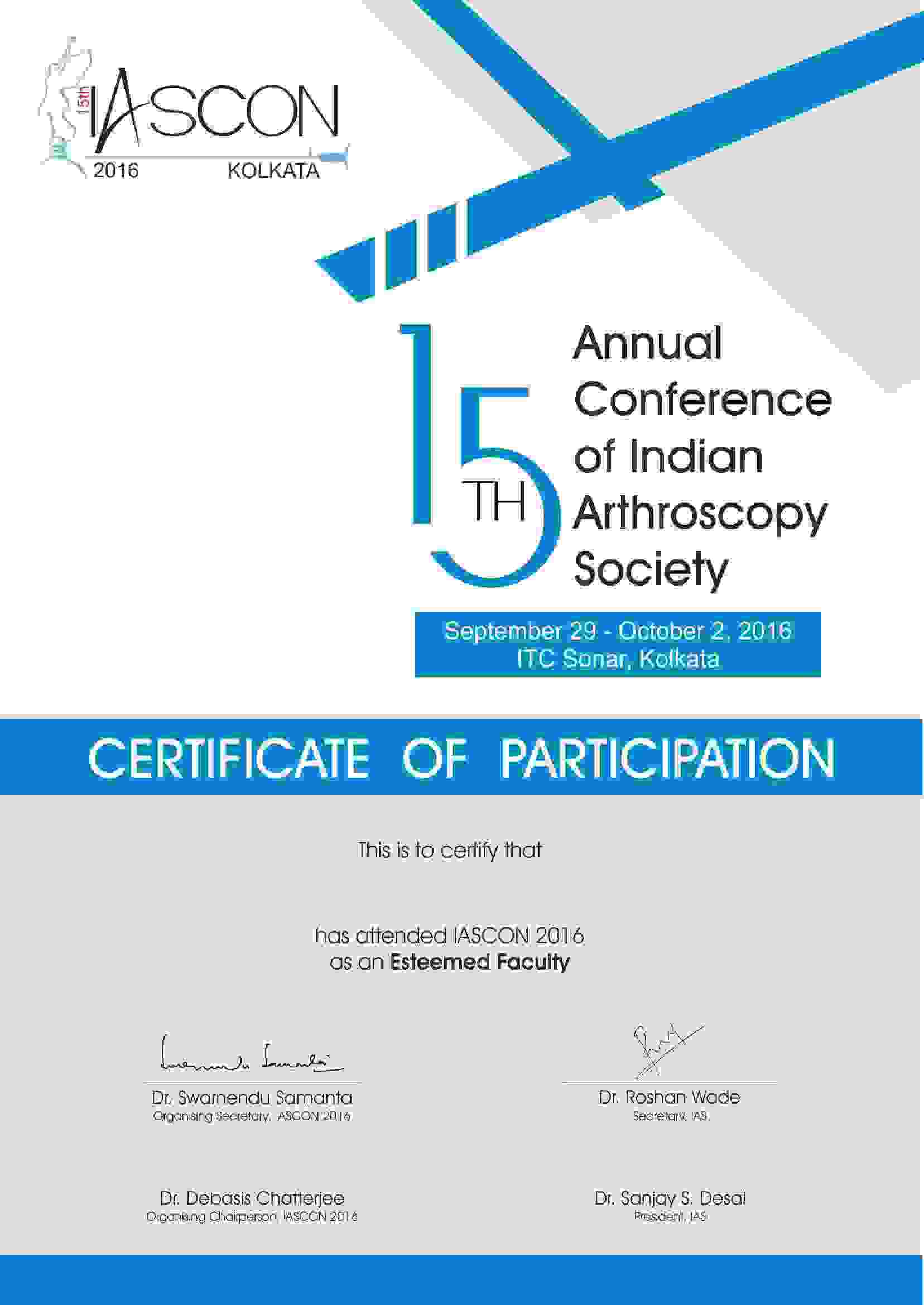3 main bones constitute the shoulder:
- Humerus (upper arm bone)
- Shoulder blade (scapula)
- Collar bone (clavicle)
The head of the humerus fits into the scapula via a round socket called the glenoid. This joint is referred to as the glenohumeral joint. The other joint where the clavicle and the shoulder blade tip (acromion) meet is known as the acromioclavicular joint.
Various forms of arthritis can occur in any of the 2 joints. The important types of arthritis are:
- Osteoarthritis: This is one of the most frequently experienced forms of arthritis. Since this is caused due to the excessive physical activity in the joints, it is also called wear and tear arthritis. This condition removes the articular cartilage of the shoulder bone. The bones come in direct contact with each other and this strained motion results in pain.Osteoarthritis is frequently experienced in the acromioclavicular joint rather than the glenohumeral joint.
- Post-traumatic Arthritis: This is a kind of osteoarthritis that develops after injuries like dislocation, fracture etc.
- Rheumatoid Arthritis (RA): This type of arthritis is observed to affect both the shoulder joints equally. Rheumatoid Arthritis is an autoimmune disease which affects multiple joints simultaneously. The arthritis is caused due to the swelling of the synovial fluid (the fluid that provides lubrication to the joints).
- Rotator Cuff Tear Arthropathy: Rotator cuff refer to a combination of tendons & muscles that centers the arm bone into the shoulder socket. The arthritis is caused when the tendons of the rotator cuff tear apart. During such a condition, the torn rotator cuff becomes incapable of holding the humerus tip in the socket. The humerus moves upward, thus rubbing the acromion. This rubbing action leads to bone damage, resulting in arthritis.
- Avascular Necrosis: This condition can also result in arthritis. Avascular necrosis occurs when the cells of the humerus tip degenerate due to the lack of blood supply. This painful condition develops in stages. As the disorder progresses, the dead portion of the bone collapses, leading to cartilage damage, and eventually causing arthritis. Further necrosis of the bone can cause glenoid socket damage also.
This sort of necrosis is believed to be due to several factors such as excessive use of steroids, sickle cell disease, alcoholism, severe injuries etc. In some cases, it might not show any significant symptoms. This is known as idiopathic Avascular Necrosis.
Signs and Symptoms: The 2 main symptoms shown are restricted range of motion and associated pain.
Restricted range of motion: When shoulder arthritis occurs, one may find it difficult to lift his hands up. Activities like reaching up the shelf, combing the hair etc become difficult. These activities may accompany with a cracking sound known as crepitus.
Associated pain: The degree of pain increases by performing more strenuous activities.
The pain is usually centered on the shoulder back if the glenohumeral joint is affected. On the other hand, when the acromiolclavicular joint is affected, the pain gets more concentrated on the top portions of the shoulder. In case of rheumatoid arthritis, the pain may be distributed in the entire shoulder.
Diagnosis: A thorough physical examination is needed for a proper diagnosis. The important aspects in the physical examination are:
- Muscle weakness.
- Feeling of tenderness.
- Restricted range of motion (both self-directed and assisted)
- Crepitus.
- Any symptoms of injury.
- Sensation of pain on pressing the affected joint.
Various imaging procedures like X-rays are used to obtain a clearer picture about the extent of bone damaged.
X-rays: This imaging test is frequently used to distinguish the arthritis forms. An arthritic shoulder shall show a joint-space narrowing, bone spur formation etc.
MRI: The Magnetic Resonance Imaging (MRI) procure may be used to examine the internal shoulder structures in detail. The MRI shall indicate problems like rotator cuff tear, labral tear and degenerative joint disease with more precision.
Treatment: The treatment for shoulder arthritis can be done either by employing the surgical methods or non-surgical methods.
Surgical methods: These procedures are used in conditions when relief is not felt by adopting non-surgical procedures. The major surgical procedures include:
- Arthroscopy: This is a reliable procedure to display and clean out the affected joints. Arthroscopy can be used for treating mild glenohumeral arthritis.During this procedure, a small incision is made on the shoulder. Through this incision, an arthoscope is injected into the shoulder. A camera fixed along with the tube, displays the joints. Miniature surgical treatments such as debris removal can be performed.
- Arthroplasty (Shoulder joint replacement): Glenohumeral arthritis in the advanced stages can find this surgery effective. In this surgery, the damaged shoulder parts are replaced by artificial ones called the prosthesis. Replacement surgeries are of various types:
- Hemiarthroplasty: An artificial component replaces the tip of the humerus.
- Total Shoulder Arthroplasty: Replacement is done on both the glenoid and humerus tip. The humerus is attached with a “ball” and the glenoid is fitted with a “plastic cup”.
- Reverse total shoulder arthroplasty: In contrast to the conventional shoulder arthroplasty, humerus is now attached with socket and the glenoid is fitted with a metal ball. This is an effective surgical method for those affected with cuff tear arthropathy.
- Resection Arthroplasty: Resection arthroplasty is a prominent method employed for the treatment of acromioclavicular (AC) joint arthritis. This can be done arthroscopically too.
Non-Surgical methods: The treatment for the initial arthritis stages can be done using the non-surgical methods. These kinds of treatments include the following:
- Medication: Medicines like NSAIDs (Non-Steroidal Anti Inflammatory Drugs) can be used to relieve the excess pain and inflammation. However, there are side-effects for these medicines. Hence, consultation with the doctor is very much necessary.
- Physiotherapy: These involve exercises to increase the range of motion in the shoulder parts.
- In order to reduce the pain and inflammation, one can ice the shoulder for about 20 to 30 minutes twice or thrice a day.
- Corticosteroid injections may also be administered for immediate inflammation and pain relief. However, they are prescribed only in certain inevitable conditions.
- Disease modifying drugs such as methotrexate are used to treat rheumatoid arthritis.
- There are also dietary supplements like chondroitin sulphate and glucosamine in order to decrease the pain.
Recovery & Rehabilitation: The recovery time depends upon the type of the surgery performed.











